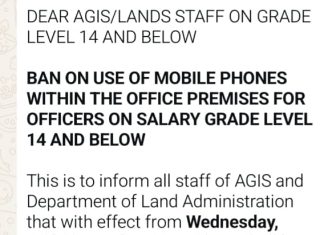Last Updated:
The likelihood of witnessing a seizure is high, making it important for everyone to know basic seizure first aid.

The most important intervention is basic human presence and the timely, correct application of these non-invasive first aid measures. Being prepared is the first step toward a seizure-safe community.
With over 12 million people living with epilepsy, India accounts for nearly one-sixth of the global burden of the neurological condition. Given these statistics, the likelihood of witnessing a seizure is high, making it important for everyone to know basic seizure first aid. Knowing what to do, and what not to do, can avoid injury and save a life.
If you notice a loved one or someone around you experiencing a seizure, Dr. Kalyani Karkare, consultant neurologist & epileptologist, Ramaiah institute of neurosciences, Ramaiah Memorial Hospital, Bengaluru shares the basic steps you can take to help ensure their safety:
• Stay calm and time it: Remain calm and note time the seizure started. If it continues beyond five minutes, or if the person is having trouble breathing afterward, call immediately for medical services.
• Safety first: Gently lower the person to the floor, moving any hard or sharp objects near them to avoid injury.
• Position and protect: Gently turn them onto their side-the recovery position-to help keep their airway clear and reduce risk of choking. Place something soft-a folded shirt, for example-beneath their head
• Do not:
– Never try to hold them down or restrain them from moving.
– Don’t try putting anything in their mouth; attempting to insert an object can cause severe injury to their teeth, jaw, or to you.
After the Seizure
When the movements stop, the person is usually confused, sleepy or tired. Remain with them until they are fully awake and alert. Speak to them calmly. Once they can communicate, ask if they have a medical ID or seizure action plan you can check.
Understanding and correctly applying these simple steps can make a profound difference. The most important intervention is basic human presence and the timely, correct application of these non-invasive first aid measures. Being prepared is the first step toward a seizure-safe community.
About the Author

Swati Chaturvedi is a seasoned media professional with over 13 years of experience in journalism, digital content strategy, and editorial leadership across top national media houses. An alumna of Lady Shri Ram …Read More
Swati Chaturvedi is a seasoned media professional with over 13 years of experience in journalism, digital content strategy, and editorial leadership across top national media houses. An alumna of Lady Shri Ram … Read More
November 12, 2025, 14:12 IST









